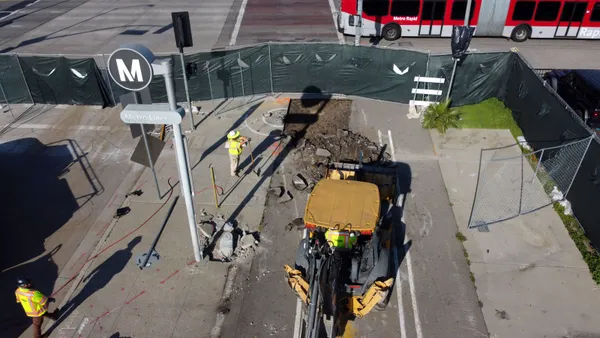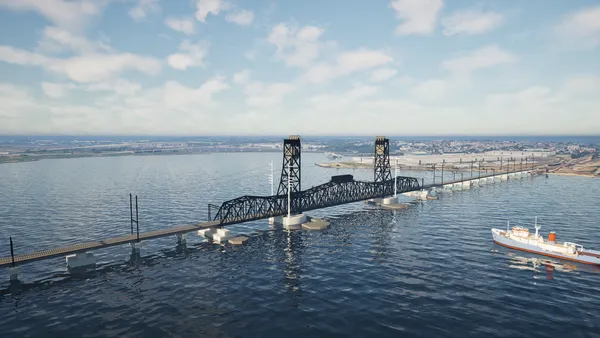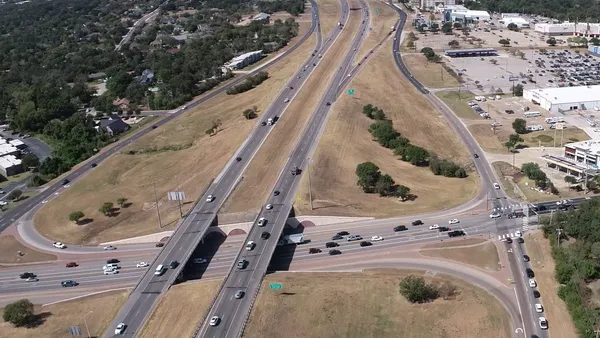Getting voters on board with the Central Puget Sound Regional Transit Authority’s (Sound Transit) $54 billion plan to improve and expand mass transit in and around Seattle was a hard sell in 2016, but ultimately successful. Just over 54% of voters in the Puget Sound region cast their ballots for the measure.
Dubbed Sound Transit 3, or ST3, the framework for the original initiative included almost $37 billion of capital expenditures for commuter rail, light rail, express bus, bus rapid transit service and other system initiatives. The plan also included almost $7.5 billion for operations and maintenance, as well as approximately $7 billion for debt service, with the balance going toward other system needs. The program as presented to voters will see more than 20 projects completed from 2019 through 2041.
Already, however, the massive $54 billion plan is experiencing some budget creep, with the potential to add between $500 million and $2 billion to the project's price tag.
The original $5.8 billion for running light rail to the West Seattle and Ballard neighborhoods, for example, is up to $6.8 billion in 2018 dollars, KIRO reported. But the cost of this segment has further increased to $7.5 billion, and another $500 million to $2 billion could be added on to that if Sound Transit enhances the route that voters first approved.
Extras could include using tunnels instead of elevated tracks and replacing a planned drawbridge with either a tunnel under a canal (adding $350 million to project costs) or high fixed bridge (adding $100 million). The Port of Seattle Commission could reportedly contribute some money to the latter project, but there is no definitive plan for where the extra money will come from.
One ST3 project that's been set back by cost increases is the $3.2 billion Lynnwood Link extension. After land purchases, design features and building boom-related prices drove a $500 million increase in 2017, engineering adjustments brought that back down by $200 million. But in May, officials cited challenges involving the cost of rail cars, debt financing and federal requirements.
At the end of 2018, the USDOT’s Federal Transit Administration executed a $1.1 billion Full Funding Grant Agreement for the 8.5-mile Lynnwood Link through its Capital Investment Grant program. This could have come as a relief to Seattle officials, as President Donald Trump’s administration has been slow to fund transit projects. But FTA officials in December highlighted that there were 13 funding agreements totaling $3.3 billion executed between the time Trump took office and the end of 2018. Another roughly $1.5 billion in funding commitments were in the pipeline, according to the December report.
So are light-rail projects just more susceptible to cost overruns? Because of the long lead time for most projects, inflation adds an average of 28% to urban rail initiatives, according to global research cited in an Intelligent Transport report. Poor forecasting models that don't account for changes in material costs, construction conditions and the regulatory environment are also to blame.
Adjustments to project scope, like those being considered as part of the ST3 plan, also contribute to overruns, the report found, as does the failure of public transportation agencies to analyze the past performance of contractors, designers, federal agencies and other project stakeholders.
The Intelligent Transport study also suggests that there may be pressure on transit agencies to low-ball initial project estimates in order to win early public and political support.
Whatever the reason for bloated light-rail budgets, tight project controls and resisting the urge to keep adding bells and whistles are keys to reducing or at least containing cost overruns.














